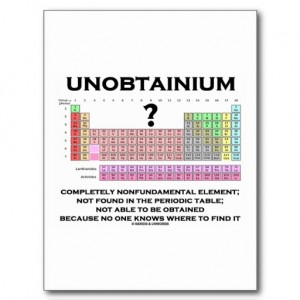 It seems every year we are inundated by marketing from a brake pad company saying that its pads are made of some new space-age “unobtainium” friction material. This year it is kevlar, next year it’s titanium. Some of this marketing is Madison Avenue hogwash, but some of it is real science that can make a difference. Some people get caught up in it, and believe every word.
It seems every year we are inundated by marketing from a brake pad company saying that its pads are made of some new space-age “unobtainium” friction material. This year it is kevlar, next year it’s titanium. Some of this marketing is Madison Avenue hogwash, but some of it is real science that can make a difference. Some people get caught up in it, and believe every word.
As a technician, how do you decide what pads to sell? Try the brake pads for yourself. Do not be afraid to try a new brand of friction materials on your own vehicle and change it often. Some companies and sales reps are more than happy to give you a set or sell them a drastically discounted price.
I know that working on their personal vehicle is avoided by some technicians like the plague, and techs tell themselves that we are conducting parts longevity testing by not working on their own car. Also, do your homework. There is a lot of information in trade magazines and websites.
Different brands and product lines may have different “friction philosophies.” One manufacturer of pads could believe in an adhesive approach that puts a transfer layer of friction material onto the rotor. While another brand of pad may take a more aggressive abrasive approach to friction. It is not that one pad is overall better for the vehicle — that is up to the driver.